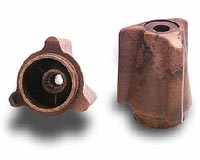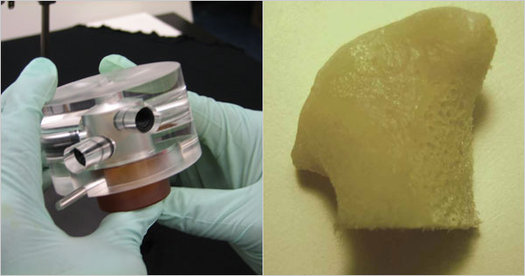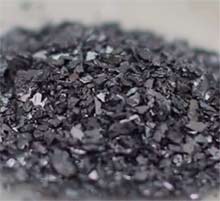This seems like a simple idea and as is always the case will the benefits outweigh the costs? But can we afford to not do everything we can, no what the cost to protect our environment?
The flow-thru filter is easily attached to the tailpipe of the vehicle. The filter matrix is treated with a basic chemical compound. The vehicle exhaust is then diverted into the carbon-capture filter, which traps CO2 in a flow-by chemical reaction. The filter matrix acts as a carbon sink, capturing harmful CO2. Once the filter is saturated with carbon, after approximately 3500 miles, it can be easily removed from the device and exchanged with a new filter.
The captured CO2 from the saturated filter is water-soluble and can then be safely converted into a useful industrial solid. This process provides a safe method of carbon storage.
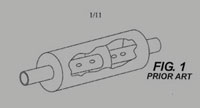
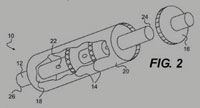
The CO2 filter is positioned within the stainless steel housing to absorb the engine CO2 waste content by impulse collisions within the filter media. The impulse is equal to the change in momentum at points along the length of the filter. The impulse advantage is the product of the force of exhaust acting on the filter at impact points and the time the action takes place. The flow-by reaction in effect is a mild alkaline pH reacting with dilute acetic CO2 in the exhaust. Eventually the base solution becomes acetic when the filter is saturated with CO2.
Read more




